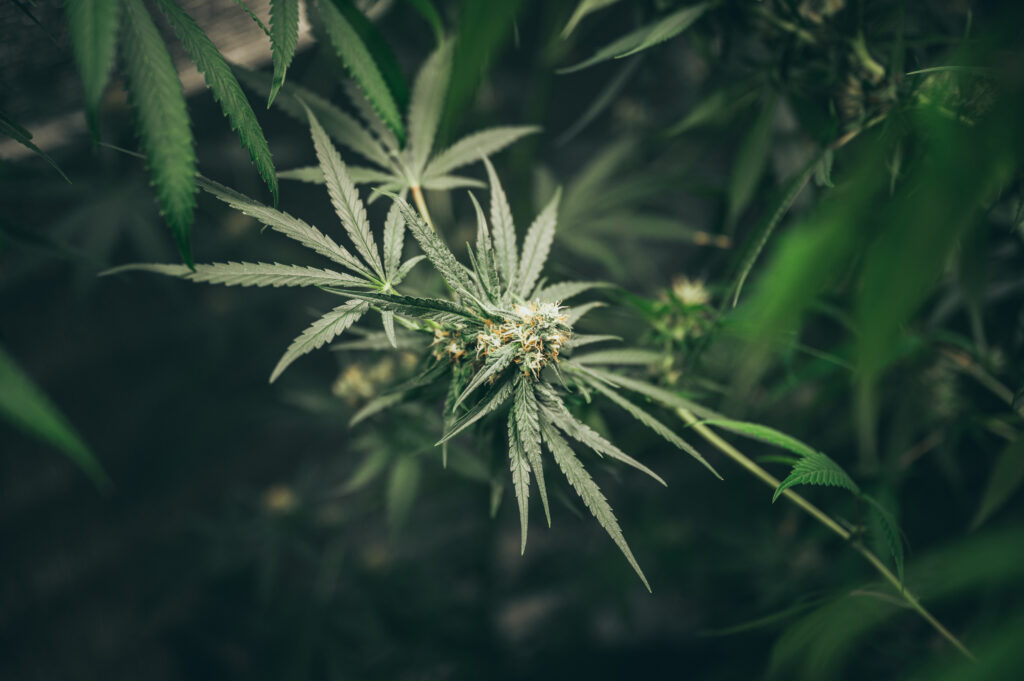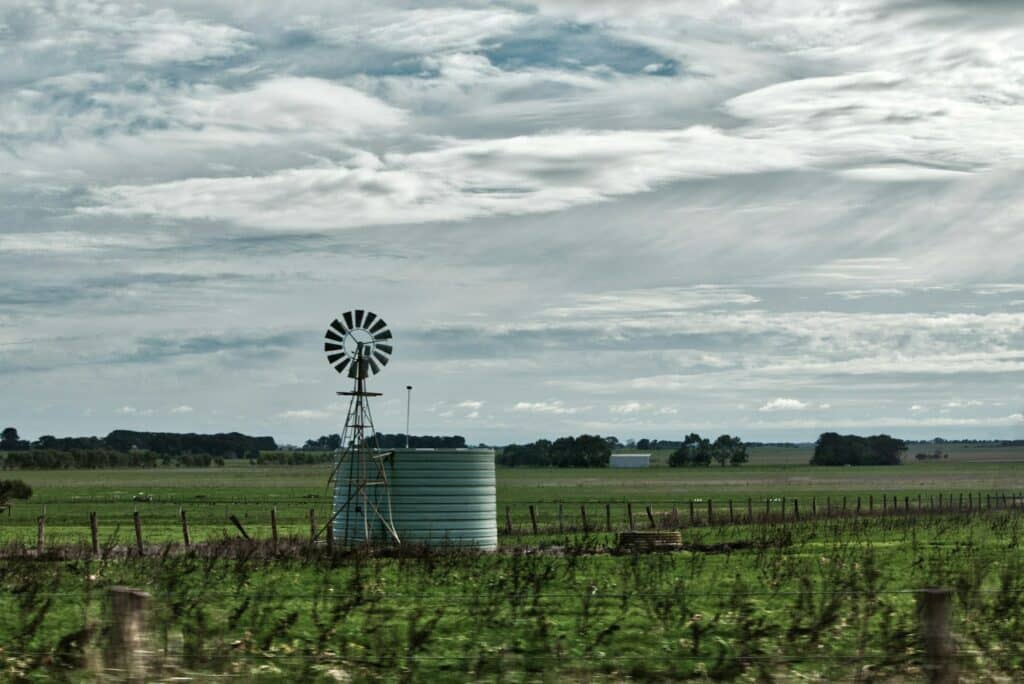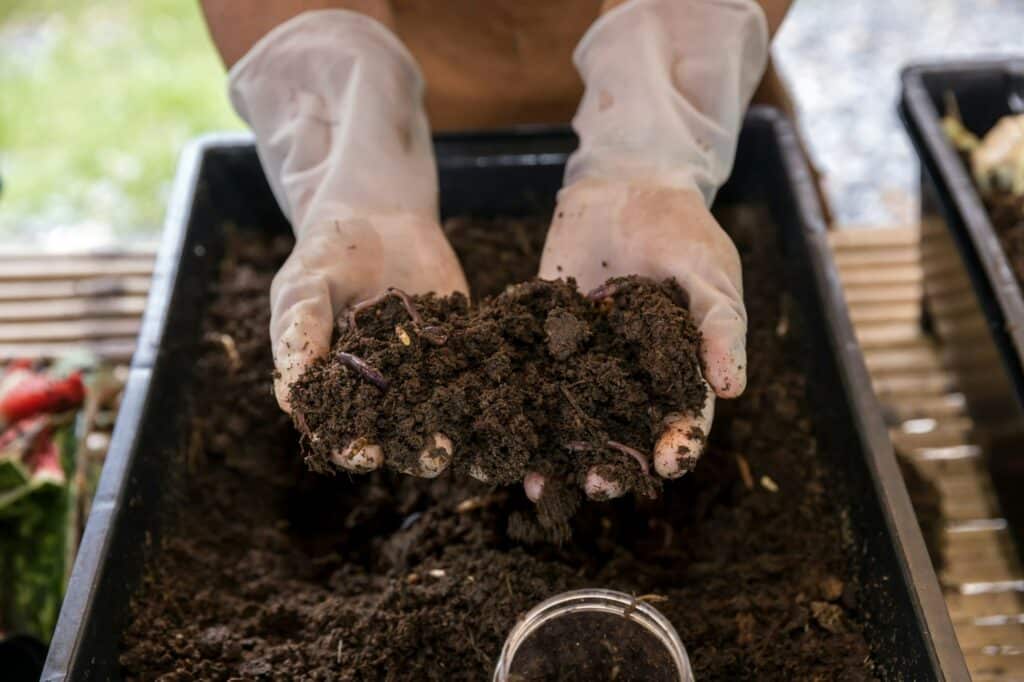The climate is changing and, in Australia, that means increased temperatures, and frequent extreme weather events. Droughts and record-breaking maximum temperatures are becoming more common, as is excessive rainfall and flooding events.
A changing climate massively impacts the way we farm and, with agriculture being a $71 billion industry, it is vital we adapt and implement strategies now to ensure we can maintain our output.
Wheat, barley, canola and cotton are Australia’s main crops, but with temperatures rising and winter rainfall decreasing, these plants may not continue to be farmed as successfully. So what crops would be best for our country? And what farming innovations will support the implementation of these new crops?
Read on to find out what is on the horizon for Australia’s agricultural future, driven by our changing climate and by our future demand.
Cannabis
Cannabis comes with regulatory issues and social stigma, however, the health benefits are clear. Depending on your state or territory laws, you may be able to plant cannabis seeds. In the ACT, for example, it is legal for an individual to grow up to four plants for personal use only. In other regions, you can apply for a permit from the Commonwealth Office of Drug Control.
As more academic research about the benefits of CBD oil (a by-product of cannabis) is produced, the laws around its use will continue to evolve. Already, CBD can be prescribed in some areas, primarily for pain management, depression, and anxiety.

As demand for the crop increases, Australia is well-placed to start jumping on the bandwagon. As a crop, cannabis is suited to our climate, particularly in southern, semi-coastal, areas of NSW, Victoria and SA.
With hundreds of strains, it can be tricky to know which type is best to grow. Cultivars like Northern Lights are well suited to novice growers and they reach maturity in less than 10 weeks.
The plants need heat and a lot of light (upwards of 12 hours every day) and do not have excessive water needs. In fact, they can tolerate occasional dry periods making them an excellent crop for our southern states.
Quinoa
By the mid-2000s, quinoa had cemented its place in popular culture as a ‘superfood’. It is high in protein, fibre, numerous vitamins, minerals and antioxidants, and is also gluten free.
Better yet, it is also a ‘super crop’. Whilst there is some quinoa farming in Australia, it is a niche crop. But jump on board the quinoa bandwagon because it is perfect for Australian conditions.
Quinoa plants are drought-tolerant and can cope with poor soil quality and high salinity. The hardiness of the quinoa plant is perfectly suited to Australian growing conditions and its grain packs a huge health punch – what’s not to love?
Amaranth
You may have come across amaranth in the health food aisles of shops, perhaps as a flour or cereal. But with a multitude of uses, and its many health benefits, Australians should be growing amaranth in backyards and as a farmed crop.
Every single part of an amaranth plant can be used for consumption. The leaves can be eaten cooked or raw, the stems are suitable for fodder and poultry feed, and the seeds can be popped, or ground into flour. The flour can be used in beverages, bread, cereals and for baking.
Like quinoa, amaranth is tolerant to high temperatures, drought, and poor quality. It has the additional benefit of thriving in temperate and subtropical areas, meaning it can be grown extensively in the eastern states, and close to the coast in southern WA.
Farming Innovations
Farming is not easy. But with new technology, and a deeper understanding of how to use the land in ways that maintain its health instead of depleting it, labour demand and costs can be reduced. They can also help us protect our agricultural industry against the effects of a changing climate.
Farmers recognise that the way we work the earth affects soil quality, water retention and, ultimately, the harvest. Regenerative farming practices, like revegetating areas with native plants, using crop rotation, and cover cropping, reduce erosion, increase biodiversity and help maintain soil quality.

With the advent of AI, or computer learning, new technologies have been developed that decrease the demand for labour, reduce waste, and increase harvest quality. And with more of the population living in cities than ever before, labour shortages in the agricultural sector are severe.
To reduce labour needs, there are automated machines that can perform the more time-intensive tasks, leaving the tasks that require experience and problem-solving to the humans. These include apps that identify weeds and precisely spray herbicides on them; robotic planting systems that ensure seeds are accurately placed in the best growing position; and smart farming systems that track rainfall and soil moisture levels to determine when to water crops, as well as monitor soil quality to decide fertiliser rates.

Whether you are a hobby farmer or have a large acreage, farming wisely for the future has massive benefits. By growing produce that works best for our climate, and utilising new technologies, we can maintain our country’s agricultural success.
